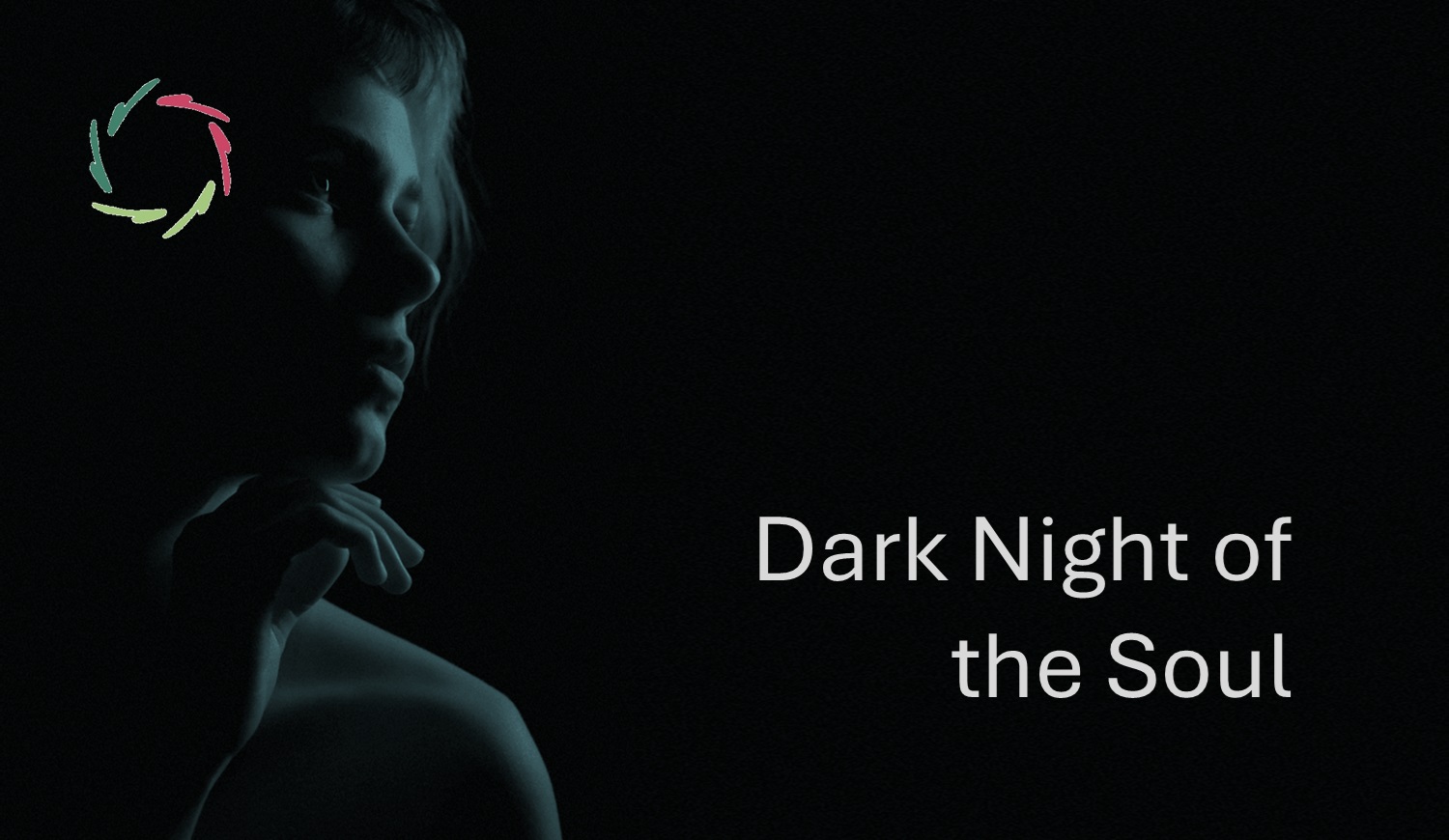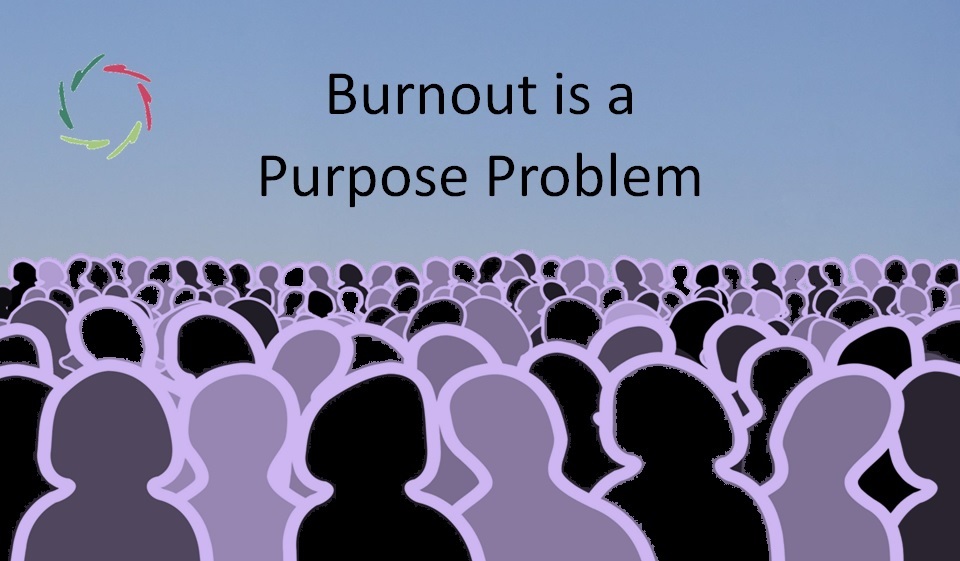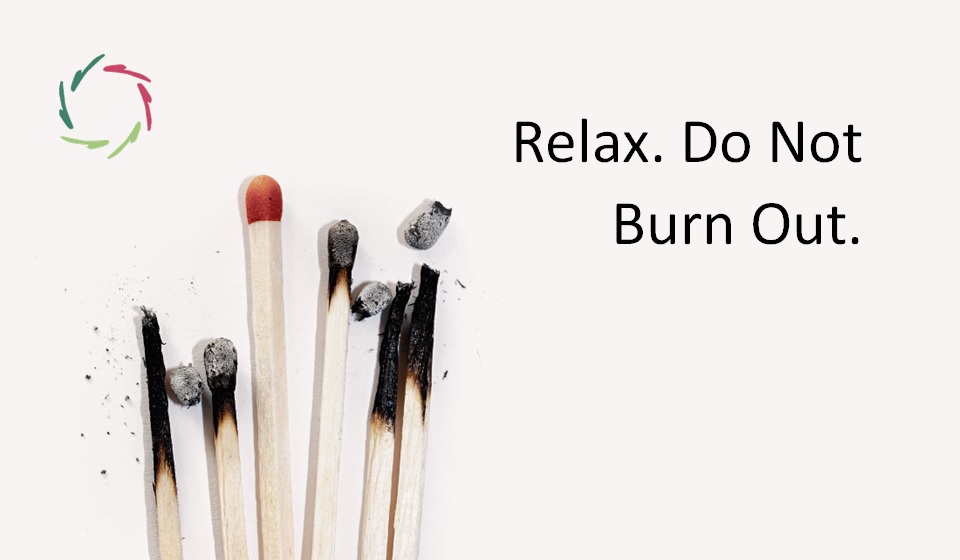Dark Night of the Soul

The ‘Dark Night of the Soul’ stems from the 16th-century poem La Noche Oscura del Alma by St. John of the Cross. Although written in a deeply spiritual context, the insights from this mystical journey are relevant today when dealing with conditions like depression and burnout.
These states, often seen as purely negative, can be understood differently through the lens of the Dark Night — a challenging yet transformative process.
However, let’s be clear: this is not an easy journey.
The Dark Night is challenging and risky.
It’s a process that requires work and understanding, whether you call it spiritual or psychological. A naive approach can make things worse, turning a period of deep inner transformation into a prolonged struggle. But with the right approach, it can be an opportunity for profound growth.
Suffering as a path to transformation
One of the most profound insights from La Noche Oscura del Alma is that suffering is not the end, but rather a pathway to transformation. In the poem, the speaker willingly enters the dark night:
“En una noche oscura, con ansias, en amores inflamada”
(On a dark night, inflamed with love and longing).
This line reflects a deep trust in the darkness. The speaker knows that this night, though painful, is part of the journey toward a deeper union ― in this case, with the divine.
In modern terms, depression or burnout can feel like a similar experience, where old ways of coping no longer work, and everything seems to be crumbling. But rather than seeing this as a dead end, the Dark Night suggests that this breakdown is a step toward inner transformation. It’s a call to action, urging us to dive deeper into our own lives and find a more meaningful connection with ourselves.
The challenge and risk: not naïve optimism
The Dark Night of the Soul is not simply a poetic metaphor; it is a real and challenging process. St. John of the Cross emphasizes the difficulty of the journey, describing it as full of uncertainty and fear, yet the speaker does not resist the darkness:
“Oh noche que juntaste amado con amada”
(Oh night that united the lover with the beloved).
Here, the night is portrayed as a necessary union, but one that can only occur through surrender.
In today’s context, depression or burnout can worsen if met with harsh resistance or if one clings to old habits. Fighting the darkness only prolongs the suffering. However, this does not mean that one should give up. Trust in the process is important, but it must be a grounded confidence, not a blind one. The Dark Night teaches us that letting go is essential, but we must also be aware of the risks involved. Depression or burnout can escalate into a full-blown collapse if the journey becomes overwhelming.
Poetry as a bridge between depth and reason
Poetry, particularly in works like La Noche Oscura del Alma, serves as a bridge between spirituality and reason. The metaphors in the poem allow us to explore deeper truths that often evade pure rationality. In Spanish, terms like oscura (dark) don’t just denote the absence of light, but also mystery and depth, showing that the experience of the Dark Night is not just a dark phase but a mysterious, transformative process.
Much like scientific insights that come from seeing familiar things in new ways, poetry provides the lens to approach complex psychological and spiritual experiences with fresh understanding. This is why the poetry itself is crucial — it allows us to feel the depth of the experience in a way that goes beyond mere explanation.
A practical lesson for modern conditions
What can we pragmatically learn from the Dark Night of the Soul? The most important lesson is that resisting the darkness only prolongs it. St. John of the Cross writes:
“Salí sin ser notada, estando ya mi casa sosegada”
(I went out unnoticed, my house now being at rest).
This suggests that the stillness and peace that come after surrendering to the darkness are necessary for moving forward.
For those facing burnout or depression, this means recognizing that old ways of working, pushing, or controlling situations have reached their limit. New methods of self-exploration – whether through meditation, therapy, or autosuggestion – are needed to navigate the Dark Night. It is about embracing the inner stillness and learning to trust the deeper process without falling into despair or denial.
The dark night and autosuggestion: navigating the risk
Autosuggestion can serve as a valuable tool to navigate the Dark Night. By engaging with autosuggestion, individuals can gently loosen the grip of control, allowing themselves to trust the deeper process without completely surrendering to feelings of hopelessness.
However, it is essential to keep recognizing that there is a real risk involved. Confidence must be combined with caution, as getting overwhelmed by the Dark Night can lead to a deeper depression or burnout.
‘Nirvana and Depression’
Starting from a very different culture, Nirvana and Depression: Same Emptiness? also explores how both states share a similar emptiness.
The poem’s Dark Night aligns with this idea, showing that emptiness itself is neither good nor bad — it is the meaning we attach to it that shapes our experience. Depression can be seen as getting stuck in this empty state, while the Dark Night offers a path forward.
The dual nature of the Dark Night
St. John of the Cross writes:
“Oh noche amable más que la alborada”
(Oh night more loving than the dawn).
This suggests that, in the end, the darkness becomes more cherished than the light of day, as it leads to a deeper, more meaningful connection with oneself.
For those experiencing modern conditions like depression or burnout, the Dark Night teaches us to approach these periods as opportunities for growth. It is not about escaping or fighting the darkness but about navigating it with trust and understanding, knowing that, on the other side, lies the potential for inner strength and clarity.


